Vinyl lattice is a versatile and attractive building material that can be used to make all kinds of decorative elements such as trellises, garden and porch screens, window boxes, edging for pathways and driveways, or even outdoor furniture. It’s lightweight and easy to work with for those not experienced in carpentry. Unfortunately,, it’s also difficult to cut without power tools. For those who don’t have access to or can’t afford power tools, there are still ways to get the job done without them. In this article, we’ll explore some of the most effective methods for cutting vinyl lattice without power tools so that you can get your project finished quickly and easily.
Utilizing Snips
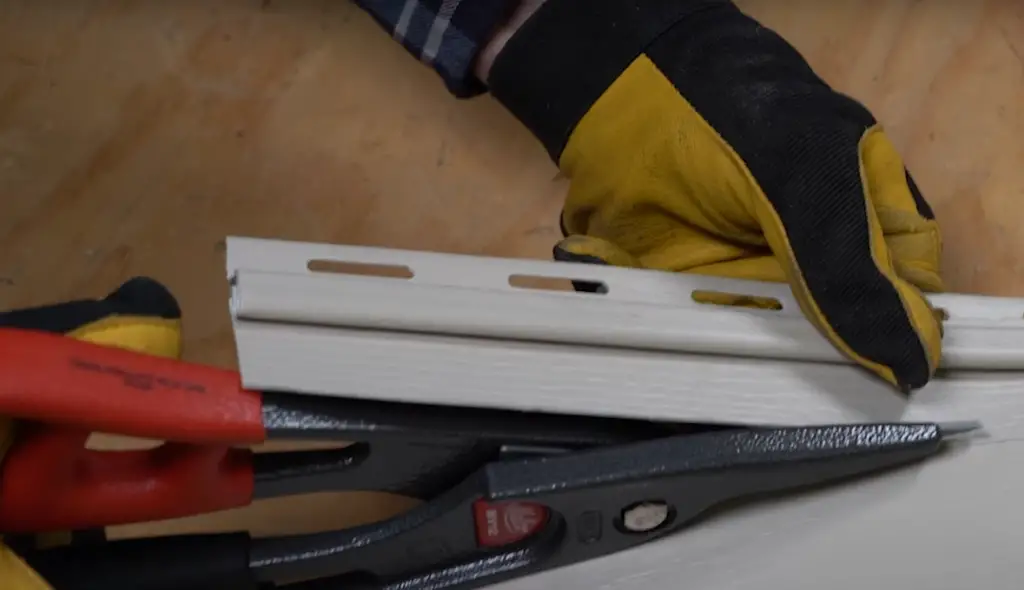
To use snips, simply measure out the desired length and width of your piece and mark it on the lattice material. Then, hold the snips firmly in one hand and the lattice material in the other. Place the blades of the snips against your marked line and then squeeze them together to cut through the material. It’s important to keep steady pressure on both handles for a clean, even cut. [2]
With A Utility Knife
This method of cutting vinyl lattice is one of the simplest, and requires no power tools. You will need a straightedge or ruler to draw your cut line, and a utility knife with sharp blades. With this approach you simply score the line on the lightweight lattice material multiple times until it snaps cleanly in two. Make sure you use light pressure when scoring the line, and keep the blade perpendicular to make sure you don’t cut too deep. [2]
Using Lopper
The simplest way to cut vinyl lattice without power tools is to use lopper-type clippers. These small hand-tools are designed for cutting through thin materials, such as vinyl lattice. The blades of these clippers have a sharp edge and are closed together when not in use, making them safer to handle than other cutting tools. It is important to use caution when operating the clippers and ensure that your hands are well away from the cutting edge.
To get started, measure out the sections of lattice you need to cut. Using a marker or pen, lightly draw an outline of where you want to make your cuts. Place the lopper blades onto each end of the marked area and press down firmly to break through the vinyl. Make sure you hold the clippers in one hand and support the lattice with your other hand as you make each cut.
Once your cuts are made, it is important to properly clean and maintain your lopper-type clippers to ensure they remain sharp and functional for future use. [2]
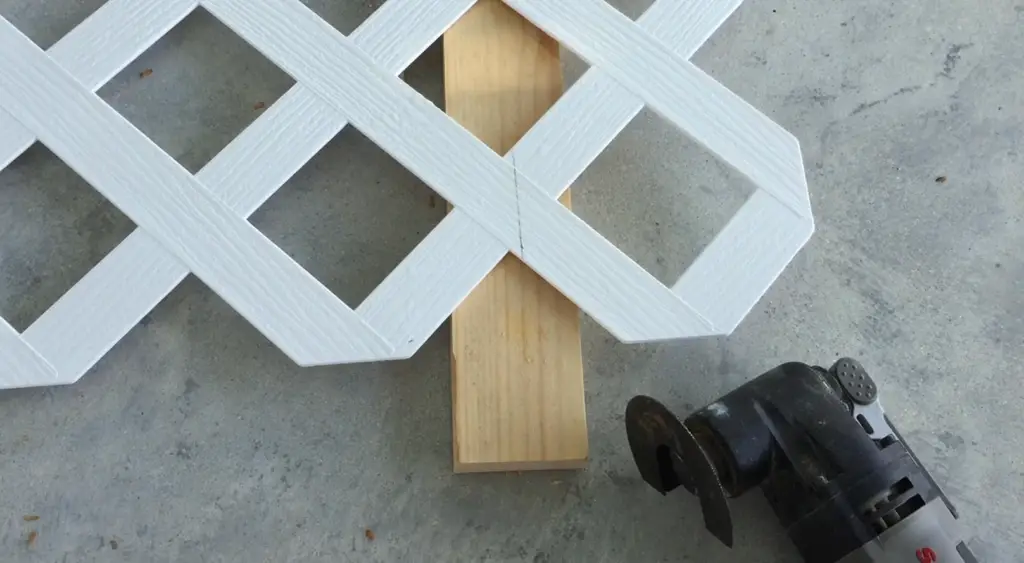
Hammers
Hammers and chisels are a reliable way to cut vinyl lattice panels without power tools. To accomplish this, you will need a hammer, a cold chisel, and a masonry trowel or spade. Start by drawing your desired shape on the panel with a pencil. Then, use the hammer to tap lightly along the line you’ve drawn. When the plastic has cracked along your line, use the chisel and masonry tool to peel away the excess lattice material. If necessary, use a file or sandpaper to smooth out any rough edges created by this method. Keep in mind that cutting vinyl lattice with hammers will take more time than using power tools, but it is an effective way to cut lattice without electricity. [2]
Screwdrivers
With a screwdriver, you can easily cut the vinyl lattice into smaller pieces. To do this, simply punch two holes in each end of the vinyl lattice and use your screwdriver to pry it apart. This method is best for making small cuts or adjustments to existing pieces.
You could also use a hand saw to make a straight cut, but this should only be done if you are confident in your sawing abilities and have an even surface to work on. Be sure to wear safety goggles when performing this task. [1]
Clamps
Clamps are an easy way to secure the lattice panels while cutting them. Place two clamps at each end of the panel, next to each other but not overlapping. This will help keep the panel steady while you cut it with a handsaw or another sharp tool. Make sure that the clamps are tight enough so that they don’t move during the cutting process. [1]
Spanner/Wrench
A handy tool to have when you’re cutting vinyl lattice without power tools is a spanner or wrench. While this may seem like an odd choice for this purpose, it can actually be very helpful in getting the job done. The key here is to use the right size spanner/wrench for the job – if it’s too large, it won’t fit properly; if it’s too small, it won’t have enough torque to cut through the material.
Once you’ve chosen the right size spanner/wrench for your job, place it over the vinyl lattice panel and tighten the screws or bolts that hold it in place. This will help keep the panel secure while you’re cutting so that there is minimal movement. Once the panel is secure, you can start cutting with the spanner/wrench.
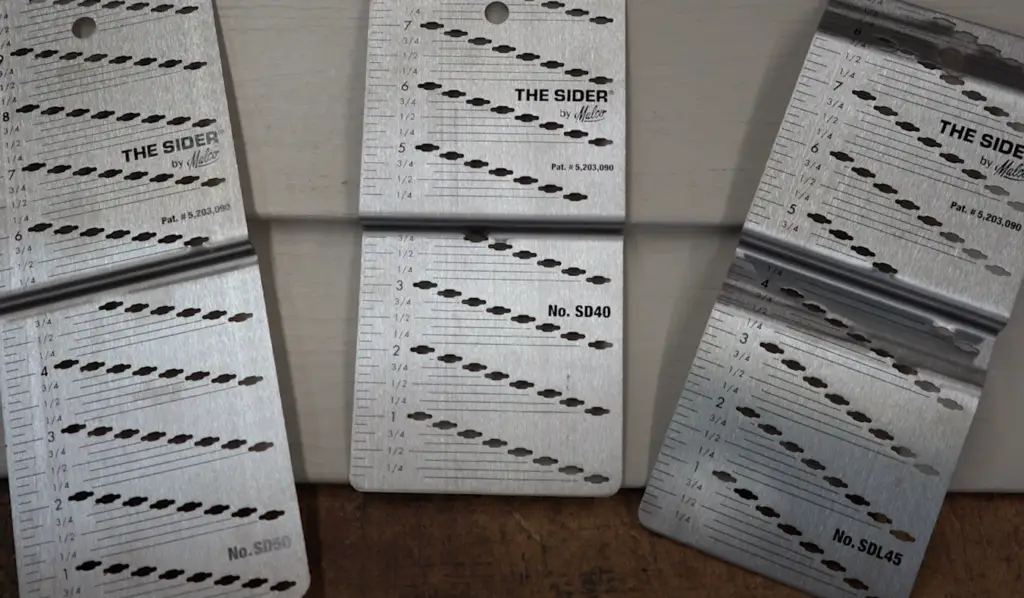
Pliers
Pliers are a great tool for cutting vinyl lattice without power tools. Pliers allow you to easily cut through the material, and can be used to make straight cuts or curved lines. To use pliers for cutting vinyl lattice, first mark where you want to cut it using a pen or marker. Next, place the pliers on the marked line and squeeze the handles together to cut through the material. Make sure you use a sharp pair of pliers and keep your hands away from the moving parts while cutting. You can also use pliers to hold pieces of vinyl lattice together while making curved cuts or other shapes. With a bit of practice, you can easily cut vinyl lattice using only pliers! [3]
Files And Rasps
Using a file or rasp is one of the simplest and most common ways to cut vinyl lattice without power tools. Both are abrasive tools that come in various sizes and shapes. Files and rasps can be used to shape, smooth, and sharpen surfaces by abrading away material from the workpiece.
When it comes to cutting vinyl lattice, choosing the right file or rasp is important. For jobs that require precision cuts, narrow files and fine-toothed rasps should be used as they can create a cleaner edge with fewer chances of damaging the material. For larger cuts, you can use a wider The blade also needs to be sharp, so make sure to sharpen the tool before you begin cutting.
To ensure accuracy and safety, it is important to take your time when using a file or rasp and to use slow, steady strokes. Keep the material secured firmly in place with clamps or by any other means available, while also wearing protective gear such as gloves and goggles. [3]
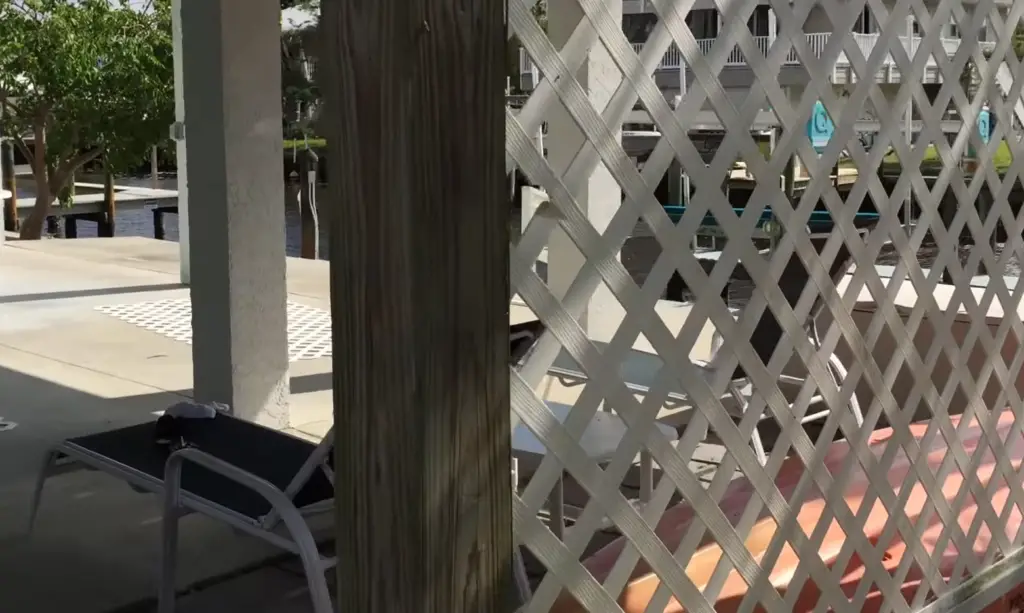
Scissors
Scissors may be one of the most primitive tools for cutting vinyl lattice, but for small jobs, they can be very effective. To get a clean cut, you must use sharp scissors and make sure to cut in one smooth motion. Start by drawing a straight line on the lattice with a ruler or pencil where you want to make your cut. This will give you a precise cutting guide. Place the scissors onto your drawn line and press down firmly on both handles as you cut along the line. Make sure to keep your hands steady, and don’t go too fast. Once you’ve made it all the way through, trim any necessary rough edges with the scissors for a neat finish. [3]
Clamps
A good way to make sure that you get an accurate and precise cut without having to rely on power tools is to use clamps. Clamps are easy to use, and they come in a variety of sizes so you can choose the best one for your project. When cutting the lattice with clamps, it’s important that you secure them firmly to both sides of the lattice. This will ensure that the material doesn’t move and your cuts are straight and accurate. After you’ve secured the clamps, you can use a saw or utility knife to make your cuts. [4]
Bradawl
A Bradawl is a hand tool used to make depressions in the surface of pieces of wood or vinyl lattice. It can also be used to mark out exact drill points, and its sharpened point helps create clean lines and guide you when cutting through the material.
Bradawls have two parts: the handle and the head. The handle is used for control and leverage, while the head is sharpened to make depressions. Bradawls come in a variety of sizes and shapes, allowing you to choose the one that best suits your project.
When using a Bradawl to cut vinyl lattice without power tools, make sure to wear protective eyewear and gloves as the sharp edge can cause injury. Start by marking out the area you want to cut and the points where holes need to be made. Use a ruler or measuring tape to ensure accuracy.
Then, place the sharpened head of the Bradawl at the point you want to start cutting, and press firmly as you make short strokes along your marked line. [4]
Tape Measure
The first step in the process of cutting vinyl lattice without power tools is to measure the length of the pieces that need to be cut. To do this, use a tape measure or a ruler and make sure that it is as accurate as possible. Measure twice, and then cut once! After you have accurately measured the distance, mark where you’ll need to make your cut with a pencil or marker. [4]
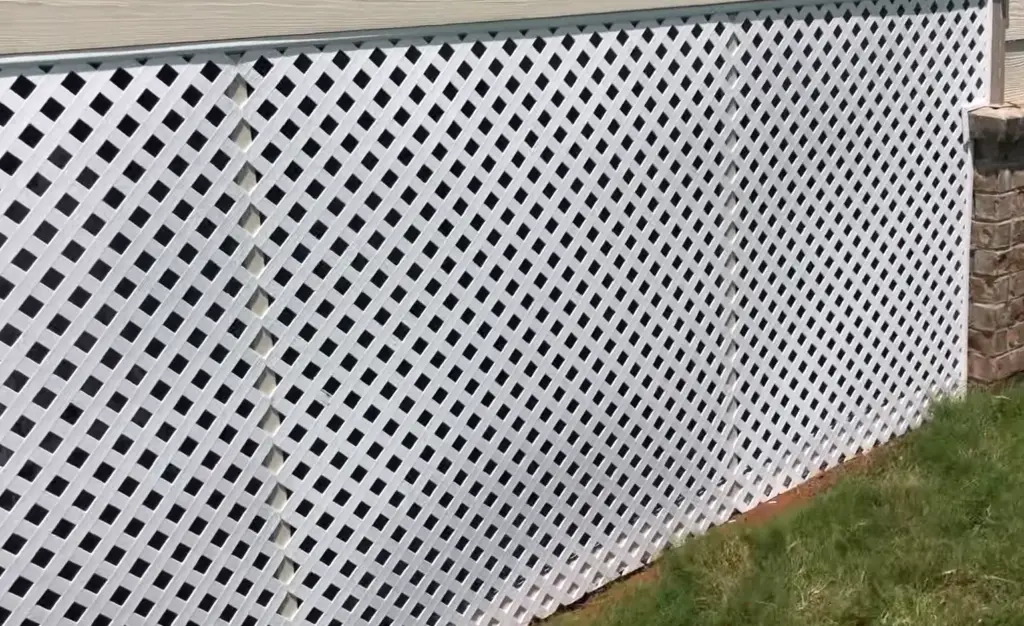
FAQ
What can I use to cut plastic lattices?
When cutting plastic lattices, you can use a hacksaw, utility knife, or tin snips. A hacksaw is best for straight cuts, while a utility knife and tin snips are better suited for curved ones. It’s important to ensure that the blade is sharp so that it makes clean cuts without fraying the material.
What is the easiest way to cut a lattice?
The easiest way to cut a lattice is with a utility knife. Start by marking the area you want to cut and then slowly score along the line with the blade of the knife. Once you have scored the line deeply enough, you can snap off the excess material and discard it.
Can you cut the lattice with a hand saw?
Yes, you can cut the lattice with a hand saw. It is important to make sure that the blade is sharp and well-maintained so it will produce clean cuts without fraying or tearing the material. You may need to use a special technique when cutting curves with a hand saw in order to get the desired shape.
Can you use a nail gun on a lattice?
No, you should not use a nail gun on a lattice. A nail gun could cause damage to the material and result in an uneven cut line. You should only use hand tools when cutting vinyl lattices without power tools.
What saw is best for cutting vinyl lattice?
The best saw for cutting vinyl lattice is a hand saw with a fine tooth blade. This type of saw will produce clean and accurate cuts without fraying the material. Alternatively, you can also use tin snips or utility knife for curved cuts.
Can I nail a vinyl lattice?
Yes, you can nail a vinyl lattice. However, it is important to pre-drill the holes to ensure that the nails go in straight and won’t crack the material. You should also use stainless steel or galvanized nails so they will not rust over time.
Can you cut vinyl with a saw?
Yes, you can cut vinyl with a saw. It is important to choose the right type of saw for the job – a hand saw with a fine tooth blade will produce clean and accurate cuts without fraying or tearing the material. Alternatively, you can also use tin snips or utility knife for curved cuts.
Can you cut vinyl with a circular saw?
Yes, you can cut vinyl with a circular saw. However, it is important to use the correct type of blade so that the material won’t fray or tear. You should also be sure to wear protective eyewear as small pieces of debris may fly during the cutting process.
Can you cut vinyl with a knife?
Yes, you can cut vinyl with a knife. A utility knife is the best option as it allows for more precision when making curved cuts.
Can you use vinyl without a cutting machine?
Yes, you can use vinyl without a cutting machine. A utility knife or tin snips are the best tools for making curved cuts, while a hand saw is better suited for straight lines. You should also take care to ensure that your blades are sharp and clean so they won’t fray the material.
Useful Video: Cutting Vinyl Siding with Malco Products (Using a Sider Tool and Andy Snips)
Conclusion
Cutting vinyl lattice without power tools may seem like an impossible task. But with the right tools and techniques, it can be done easily and efficiently. Start by getting the right sized saw blade for your type of lattice. Measure twice and cut once to ensure you get a straight cut on each piece. You can also use tin snips or a utility knife to cut lattice, making sure to follow the same cutting technique as with a saw. Be sure to wear protective gloves and safety glasses while you’re working. Lastly, use a sanding block for neat edges and to remove any rough edges on your cuts. With these tips in mind, you can confidently take on any project that requires cutting vinyl lattice without power tools. Good luck!
When it comes to home improvement projects, there are often tasks that come up where you think power tools are necessary, but don’t fret—there are plenty of ways to get the job done without them. Cutting vinyl lattice is one such task.
References
- https://toolsroar.com/how-to-cut-vinyl-lattice-without-power-tools/
- https://suggesthow.com/how-to-cut-vinyl-lattice/
- https://readytodiy.com/what-can-you-use-to-cut-vinyl-lattice-how-to-0051/
- https://www.moglix.com/blog/what-are-the-types-of-hand-tools-and-how-are-they-important/






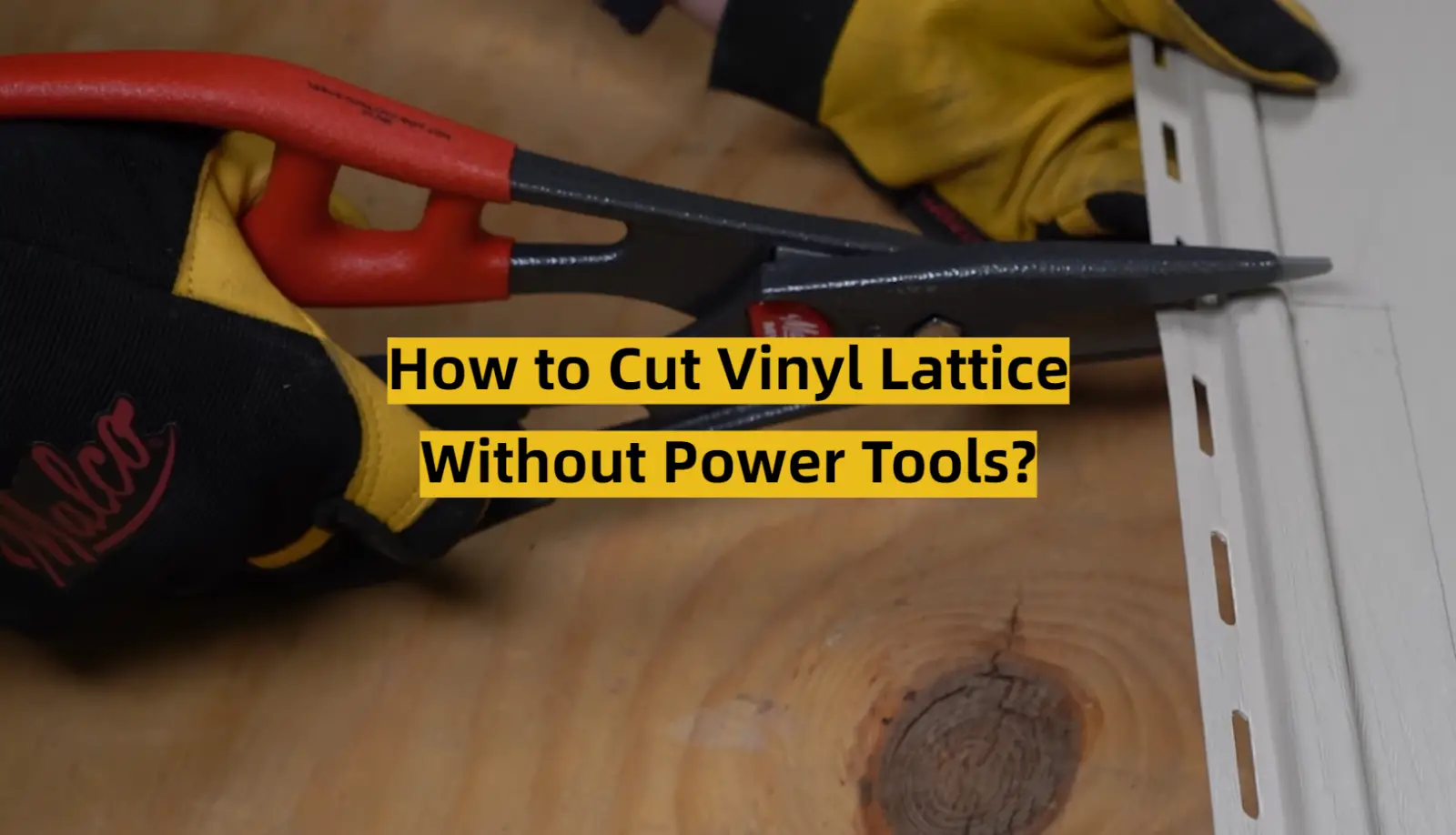




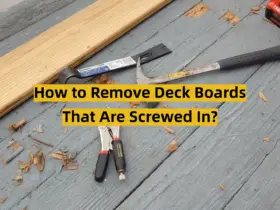
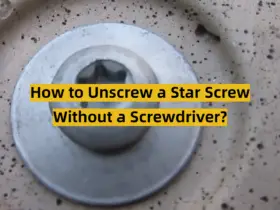
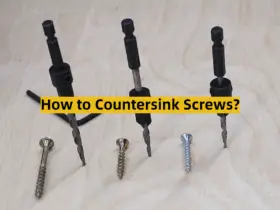
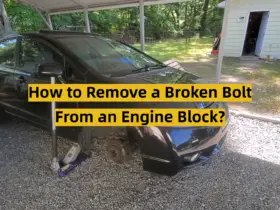
Leave a Reply